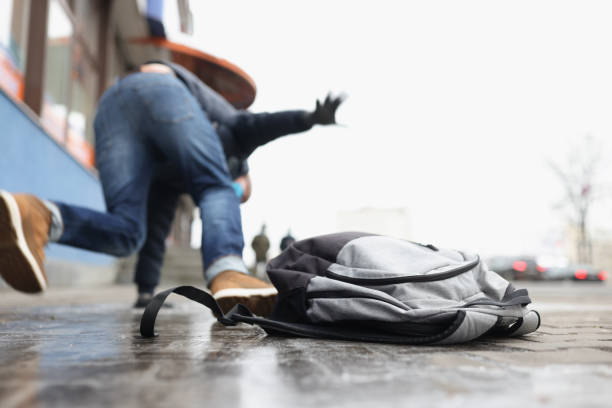When navigating a slip-and-fall case, unraveling the intricacies of proving liability is paramount. From gathering compelling evidence to establishing negligence, each step plays a crucial role in building a solid case. But what happens when the property owner contests your claims of their responsibility? Stay tuned to uncover the strategies and legal nuances that can tip the scales in your favor, shedding light on securing justice in slip-and-fall incidents.
Importance of Evidence Collection
Gathering compelling evidence is crucial for establishing liability when pursuing a slip-and-fall case. The evidence you collect can significantly impact the outcome of your case. Start by documenting the scene where the incident occurred. Take photographs or videos showing the hazardous condition that led to your fall. These visual aids can help demonstrate the dangerous situation that caused your injury.
Witness statements are another essential form of evidence. If anyone saw your fall, obtain their contact information and a detailed account of what they observed. Witness testimony can provide valuable insight into how the accident happened and who may be at fault.
Medical records play a vital role in proving the extent of your injuries and connecting them to the fall. Keep detailed records of your medical treatments, diagnoses, and expenses related to the accident. This documentation can help establish the damages you suffered from the slip and fall incident.
Establishing Negligence
Establishing negligence is critical in determining who is responsible for the hazardous conditions that led to your injury to prove liability in a slip and fall case. Negligence is the failure to take proper care in doing something which can harm others. In the context of slip and fall cases, negligence typically involves proving that a property owner or manager did not take reasonable steps to maintain a safe environment for visitors.
In a slip-and-fall case, proving negligence usually requires demonstrating that the property owner knew or should have known about the dangerous condition that caused the accident. This can involve showing that the owner failed to address known hazards, ignored maintenance responsibilities, or did not adequately warn visitors about potential dangers.
Additionally, it’s essential to establish that the property owner’s negligence directly led to the slip and fall incident and subsequent injuries. Gathering evidence, such as witness statements, incident reports, and documentation of the hazardous conditions, can help support your negligence claim in a slip-and-fall case.
Understanding Legal Standards
Understanding legal standards in slip and fall cases is crucial for determining the criteria that must be met to establish liability. In these cases, the property owner or occupier has a legal duty to maintain a safe environment for visitors. You must prove that the property owner breached this duty to establish liability. The legal standard typically used is that of “reasonableness.” The property owner must have taken reasonable steps to prevent slip and fall accidents. Factors such as the foreseeable nature of the hazard, the property owner’s awareness of the danger, and the actions taken to address it are considered when evaluating reasonableness.
Courts may also consider whether the property owner complied with building codes and industry standards. These standards are benchmarks for what is deemed reasonable for maintaining safe premises. Understanding these legal standards can help you gather evidence to support your claim and prove that the property owner failed to meet their duty of care.

Leave a Reply